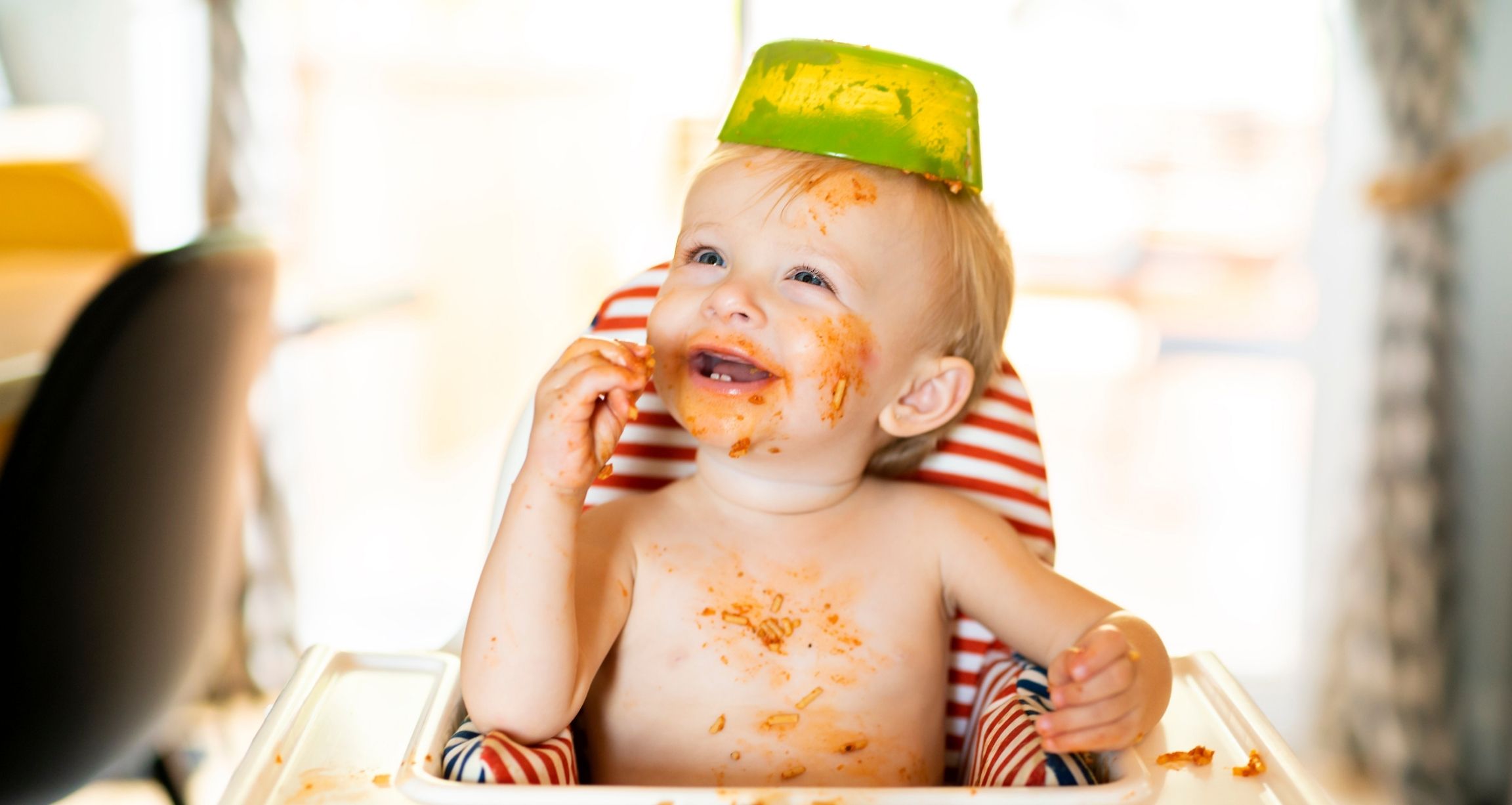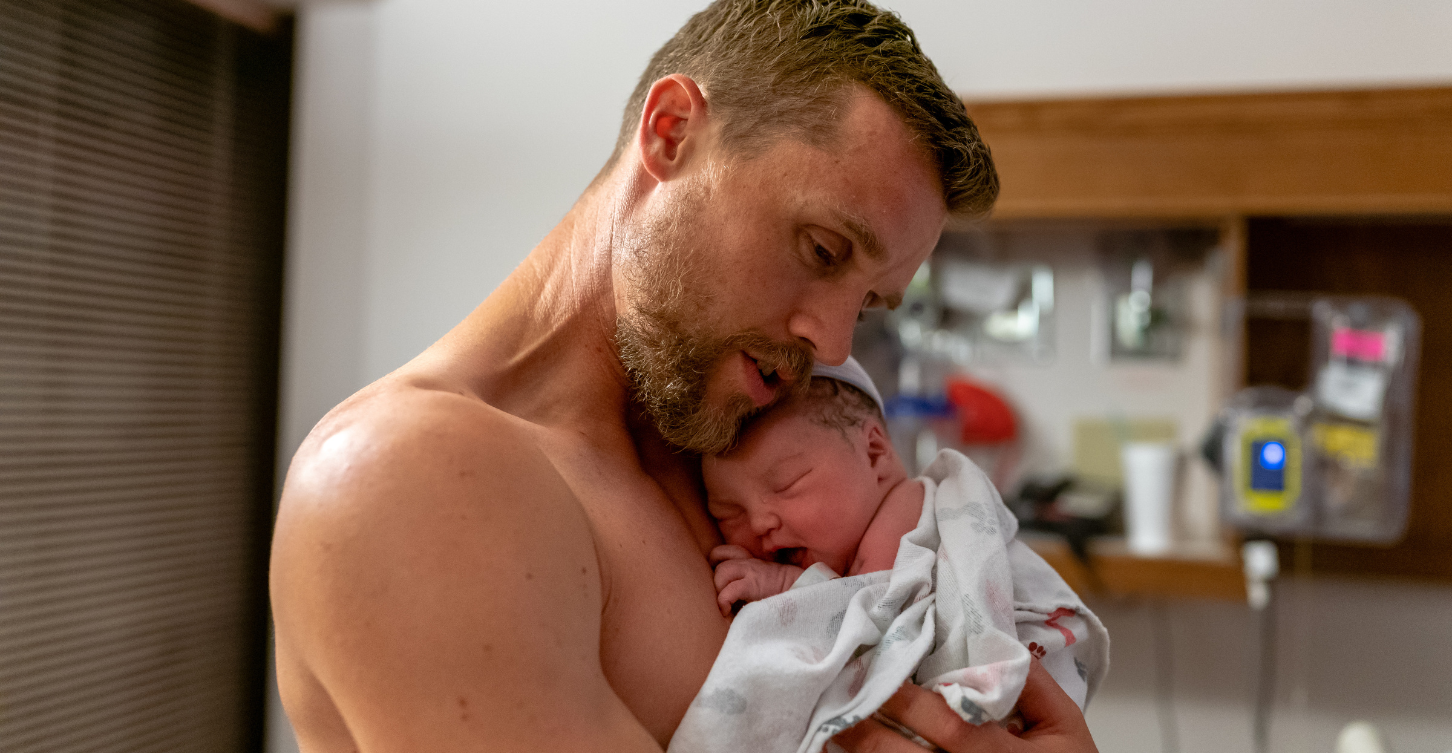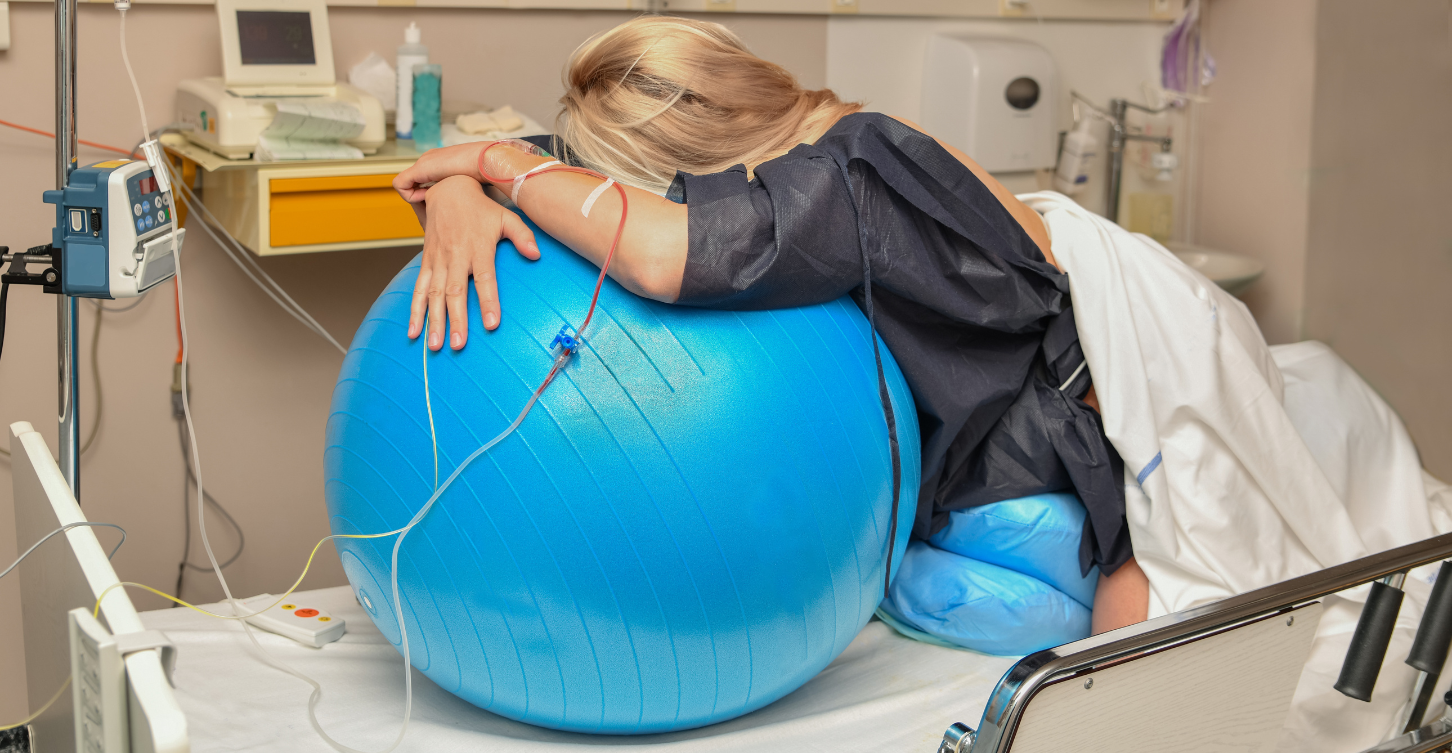Encourage Your Baby to be an Adventurous Eater
May 24, 2022For babies and toddlers, mealtime is not just for eating. Children learn while eating by watching, experimenting and doing. They get exposure to new textures, tastes, consistencies and smells – some they will like and some they won’t.
So, what do you do about the foods they don’t like? How do you get an infant or toddler to eat vegetables or meat? Eating should be a fun, family-centered activity, but how do you do that as a parent with a busy schedule?
As an occupational therapist, I get asked these questions all the time by families whose toddlers are picky eaters, or from parents who feel like short-order cooks, making something different for everyone in the family.
Here are my advice and eight tips to help you raise adventurous eaters.
Why Isn’t My Child Eating Well?
There are a few reasons infants and toddlers won’t eat well. There can be a medical issue like reflux, food allergies, teething, colds or constipation. Each of these can cause pain or discomfort at mealtimes, which can cause the child to stop eating because they don’t feel well.
Some days toddlers don’t eat a lot and may pick at their food. If you have an infant or toddler who is consistently not eating and not showing signs of a cold or teething, take them to the pediatrician to rule out a medical issue.
What Newborns Should Eat (Birth – 6 Months)
Newborns will take breast or bottle formula every two to three hours. At this age, breast milk or formula is the source of all their calories.
Infants are born with a suck, swallow and breathe reflex that drives their feeding. This reflex goes away between 3 and 6 months old when they begin to have more voluntary control of their eating.
During this developmental stage, infants will start to bring their hands and toys up to their mouths. This is an important milestone and pre-feeding skill. They may even gag themselves with their fingers. Don’t be alarmed! It is typical and helps move the gag reflex from the front to the back of the mouth.
What Babies Should Eat (6 Months – 1 Year)
Until they are 1 year old, infants should get most of their calories from breast milk or formula and practice with baby food and/or table food.
At around 6 months old, infants can start to eat cereals and baby foods. Every baby is unique, so be sure consult with your child’s pediatrician first to ensure it’s appropriate for them.
The American Academy of Pediatrics has a list of age-specific foods and when to introduce them.
Best Practices for Letting Your Child Explore New Foods
Introduction to baby foods, and eventually table foods, should be for exploration of taste and textures.
It is typical for kids to make a face when they are exposed to a new food. It may take many exposures for an infant to get used to a new flavor or texture, so keep trying! When we limit our children’s exposure to different foods, we do them a disservice by not teaching them to be adventurous eaters.
Infants need to play with food and get messy when they are learning to eat. Don’t be too quick to wipe off their faces and hands between every bite. Doing this teaches them not to tolerate textures on their hands or face.
I recommend that parents place some of the baby food on a tray or table for the infant to explore with their hands while they are being fed. Try using a mat or shower curtain on the floor under the highchair that you can rinse off easily.
While pouches are convenient and less messy, they do not help children learn how to be competent eaters. Pouches may keep them in the suck, swallow, breathe pattern of eating and can delay oral motor skills for eating table food. If you are using a pouch, transfer the food to a spoon rather than letting them suck the food directly from the pouch.
Infants in this developmental stage will chew and/or suck on fingers, toes, toys or anything else that they can get their mouths on. This is another important pre-feeding skill. They are learning how to use their tongue to move things around in their mouth, how different textures feel in their mouth and how to bite different shaped items. These are all key skills for managing food in their mouth. To help with this, it is important to have non-choking, infant-appropriate toys that they can bring to their mouths and explore.
Things to Remember as Your Child Explores Self-Feeding
- Infant and toddler feeding is messy. It is like learning how to walk. A child doesn’t stand up and walk on their first attempt and they don’t get the food in their mouth the first time they try either.
- It is important to have a well-supported seat for infants and toddlers to sit in while eating. It should also have something to rest their feet on and shouldn’t be used for anything other than eating.
- When infants transition to table food, it is ideal to have someone eating the same foods as they are so they can have a role model to watch and learn from. Try having family mealtimes at least three to four times a week.
- Provide safe oral motor toys for pre-feeding exploration.
- Allow sensory exploration of food and allow them independence to self-feed using toddler spoons and plates.
- As they are working on self-feeding with a spoon, I recommend having many spoons available – one for each of their hands and at least one you can feed them with. The more spoons the better, as a few are bound to hit the floor.
- I also recommend a plate or bowl with an edge that they can use to help load the foods onto the spoon.
- Plan messy mealtimes before bath time.
The most important thing is to get messy and let your baby play with their food, as this is when they learn the most.
For more information and resources to help grow and raise a healthy family, sign up for Tallahassee Memorial HealthCare’s Sweet Peas Pregnancy & Parenting Club at TMH.ORG/SweetPeas.





